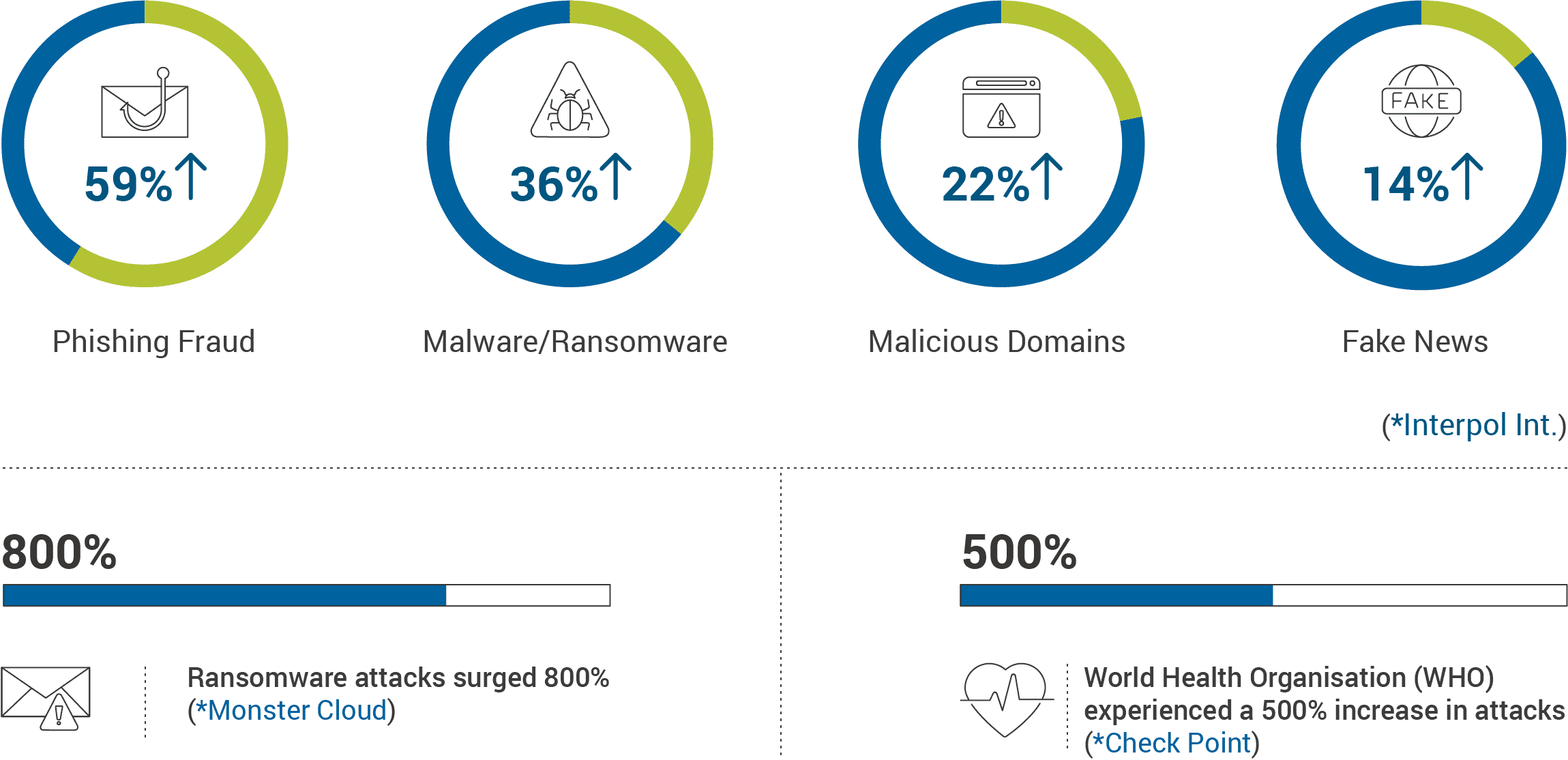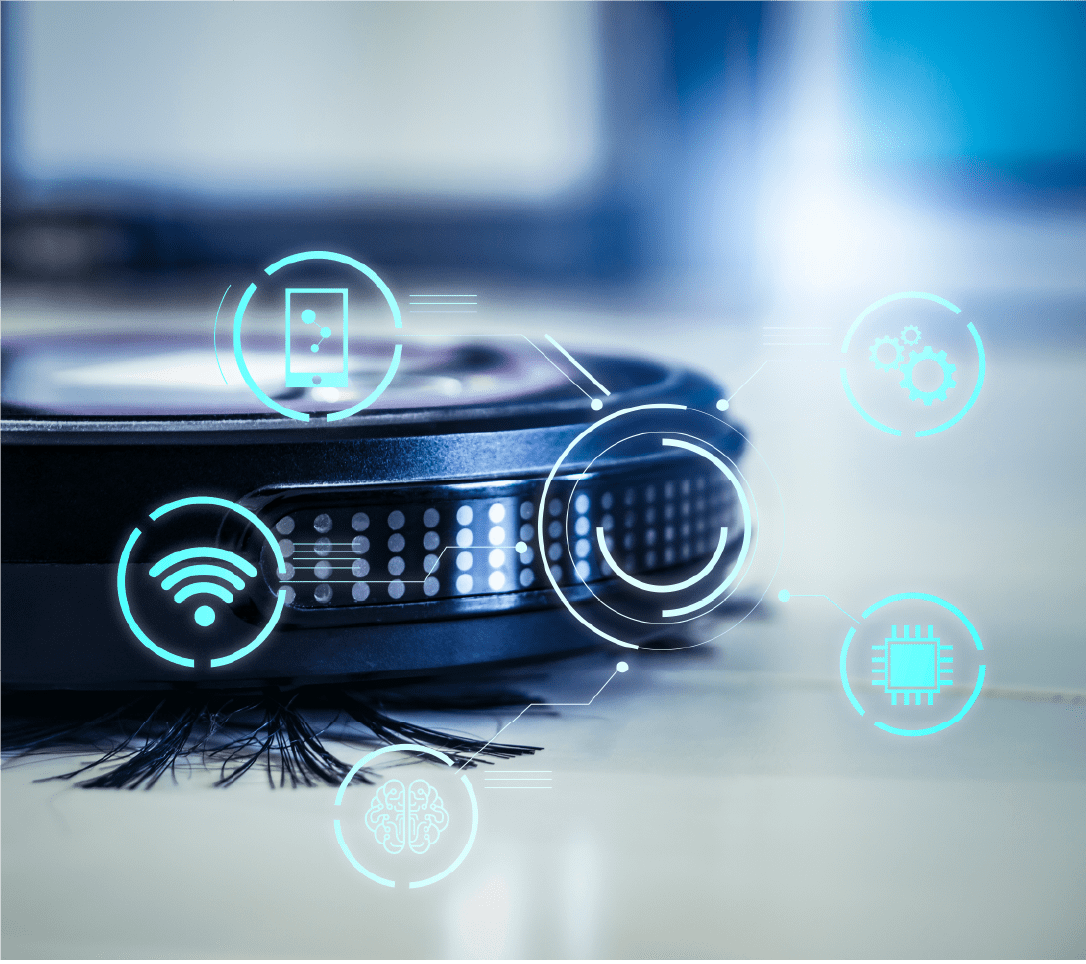Covid-19 forces full digital transformation
Technology and cyberspace played massive roles throughout the global crisis – most impacts were highly positive in contributing to the management of the pandemic, while others were deeply malicious. It is widely accepted that the spread of COVID-19 completely changed the cybersecurity landscape, as companies had to quickly and securely enable remote work teams, and families in isolation from each other wanted to stay in touch.
Research conducted between March and May 2020 confirmed that the impact of the virus was trending highest in cybersecurity online searches. The other top trends were cloud, machine learning and AI, social engineering, and phishing.
The cybersecurity industry has also been forecast to grow quickly and rapidly in response to the rising adoption of remote working, teleworking, e-commerce and disruptive technologies like AI and Blockchain – all of which provide more challenges for cyberthreats. The COVID-19 crisis transformed the cybersecurity priorities of companies, from SMEs to multinational giants, who are now forced to take responsible security measures as well as to comply with international regulations.
Google reported in April that it was blocking around 18 million COVID-19 related scam emails per day, with its advance machine learning technology tracking over 240 million spam messages launched daily at Gmail users in unethical attempts to cash in on the crisis.
Cybersecurity is no longer an issue to be left up to IT experts; it is becoming increasingly important for everyone who is digitally connected – from company employees to families – to educate themselves on the risks and protect their systems against cybercrime.



